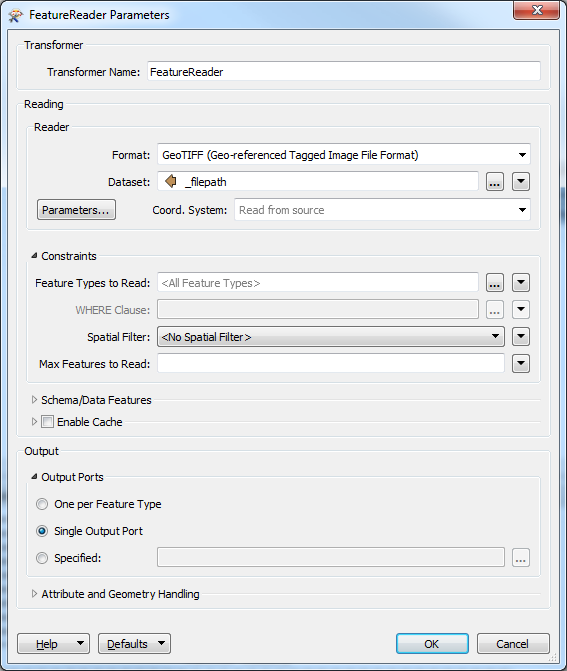I have a shp of a tile grid and a folder than contains thousands of tif's. Each grid square in the shp has an attribute that contains the name of it's corresponding tif. How can I use this attribute to only select it's corresponding tif in the folder to either:
1. copy the tif to a new folder (file copy writer)
or
2. use as input to the raster mosaicker
I can concatenate a string to build up the full path of the tif in the folder. Do I pass this list to what?
Best answer by jdh
View original




